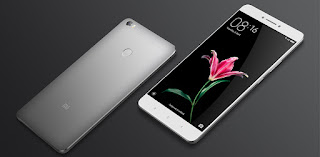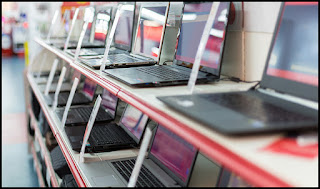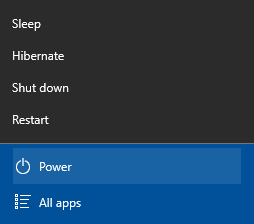Essential Tips For Purchasing The Best Laptop For Your Hard Earned Cash
Do you, like most people, own a home computer? Have you ever wished to take it with you and have that kind of power when you are on the go? That is the beauty of laptop computers. They offer great power, ease of use and great mobility. Continue through this article to learn some excellent advice, that will help you make a smart purchase.
Look online for both discounts and coupons you might use in buying a laptop cheaper. Your search may come up empty, but it's worth the effort. It is a rotten feeling when you buy something just to figure out at a later date that money could have been saved.
If you are limited on space, consider a laptop as a desktop replacement. Laptops are smaller and lighter than desktop computers, making them a good option for a small student desk or smaller apartment space. They are also more expensive though, and that should be taken into consideration when making a purchase.
If you don't plan on carrying your new laptop around much, consider buying a full-sized 15 inch screen. It will offer you the best viewing options, as well as being the most cost-effective you can get. They are a little heavier than their smaller counterparts, but pound for pound, worth their viewing pleasure.
The size of your laptop depends on how much you need to travel with it. If you travel frequently, your best option is a small, lightweight computer. The screen and keyboard are small on these computers, but it makes traveling much easier. If you are mostly planning to use your laptop at home, you can go larger.
Before you buy your laptop computer, try it out first. Many large retail stores carry a large selection of makes and models that you can take for a test drive before you buy. You can see if the keyboard feels comfortable and check out how fast you can work before you make your decision.
To get the best deal on a laptop, start looking at the release cycles ahead of time. You can save a lot of money by purchasing last years model. Even a computer that is only a few months old can help you save. You may not get all the newest hardware but an older laptop may suit your needs.
For people who do a lot of multitasking, then RAM is an important feature on their laptops. The cheapest laptops will have less RAM than the more expensive models. For high-end applications, gaming, and multitasking, a computer with a large amount of RAM is going to be a necessity, not an option.
Be careful when dealing with add-ons. Some laptop manufacturers may sell additional add-ons. Without proper research on them, you shouldn't consider them. It may seem beneficial to get a scanner, printer, camera, etc. you could pay a premium for the add-ons, or something like ink for the printer. Do proper research to make sure anything extra suits your needs so that you don't waste money. Be careful with free add-ons. You need to make sure they don't have a price that's just added to the total computer price.
Try out the keyboard. There is not much worse than buying a new laptop to find that the keyboard is a pain. If the keys are hard to use, or too close together, they may not be comfortable for heavy tapping. Though you can add-on a keyboard, you may want to test the one you are buying by typing on it.
To avoid adding even more costs onto the price of your laptop, skip the fancy software. There are plenty of free alternatives available to you, such as Google Docs instead of Microsoft Word. Only purchase software if you must for work or school, and talk to your administrator about discounts available to you before you buy.
Screen size is important. Smaller laptops come with smaller screens. This can cause you to squint when you are trying to surf the web, or complete some work away from the office. Get the screen size that you will be most comfortable looking at often. With all the sizes available, there is no reason to strain.
Test out the keyboard of any laptop you are considering buying. You may love the screen, the size, and the shape, but if the keyboard give is really not working for you, then you're going to have a poor experience over time. You'll send the majority of time typing on your laptop, so the keyboard needs to feel comfortable to you.
After purchasing a laptop, make sure you thoroughly test it your first month. There is usually a 30-day return policy on these machines. Do things with the laptop that you might not have to repeat until well into the future, just to make sure it can do it. This is when you have to figure out if the laptop works with the needs you had in mind.
If you expect to have your laptop for more than a few years, consider how upgradable the laptop is. You may want some additional memory or better graphics down the line, so a few empty card slots will be a big deal when buying. A laptop that isn't upgradable means less of a shelf life.
If you plan to do a lot of high-end gaming on your laptop, understand the components required can be expensive. Bleeding edge graphic cards, for instance, are much more expensive on a a laptop than their PC counterparts. You should probably understand that gaming on a laptop entails a few compromises unless you are able to really break the bank.
No one likes to be tethered to a computer at home. Also, very few mobile devices offer the kind of computing power you may need when on the go. Laptops have come a long way and can now offer everything you want from a computer and more. Take the advice you have gained here, and purchase a laptop that suits your needs.










